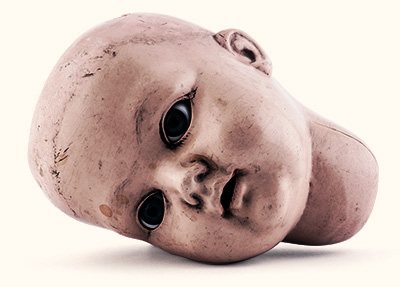You have probably heard the word “Wendigo,” despite the rumor that the cannibalistic creature is so evil that it is dangerous to even utter its name…but is it real, or not? Perhaps you heard of Wendigo from the Supernatural episode, or read about it in Pet Sematary. Or, perhaps you’re a gamer, who just happened upon a slick grenade launcher in Destiny 2, and you were curious why the tagline mentioned hunger. Whatever the case, you probably think of the Windigo as a vaguely scary concept. But the concept is way older than these pop culture references.
What is a wendigo?
The wwndigo is a cannibalistic beast who consumes the flesh of people that it encounters. Despite appropriations in pop culture, the windigo usually appears in human form. However, the windigo can never satisfy its hunger. In some legends, the windigo grows proportionally to the bounty it eats, so that it will always remain voracious no matter how hard it tries to sate its terrible hunger.
Where does the Wendigo come from?
You’ll find the word “Wendigo” spelled several different ways, depending on who is using it. The word itself comes from proto-Algonquin, and the legend of the Wendigo originates with the Algonquin First Nations, such as the Cree (wihtikow) and the Ojibwe (wiindigoo). Interestingly enough, the original proto-Algonquin word wintekowa also means “owl.” Linguistic anthropologist John Hewson argues that this etymological crossover occurs because many see an owl as a harbinger of death.
When does the Windigo appear?
You may encounter the Windigo in the northern United States and Canada during the winter months. Even though the concept originated with the First Nations people in these areas, the legend has since spread into other populations. Many people in northern North America will refuse to utter the word “windigo” during winter months, regardless of their heritage. Often, you’ll see the word written as “w*ndigo” because even writing the word could accidentally summon this beast.

Is the Windigo real though?
The Windigo certainly has real-world effects. It is a real fear, a real belief, a real parable that permeates multiple peoples and cultures throughout a large swath of the northern hemisphere. It also serves as a metaphor for a very real phenomenon: extreme greed. When greed consumes a person, their hunger is never sated. Because what drives them to consume more and more is not a physical hunger, but a psychological impairment.
More of a parable than a cryptid
Unlike cryptids that you’d encounter in nature, like the pukwudgie, or mysterious paranormal entities that seem to exist solely to scare us, like the Hat Man, the Windigo mainly serves as a valuable warning on how not to be selfish during the scarce winter months in colder climes. People must conserve their food. Communities must come together and share if each member is to survive. Villages may be called upon to help other villages who have fallen upon hard times. Greed has no place in this environment; if someone in one of these communities begins to hoard their food, the entire community could break down.
Sound familiar?
We have seen this phenomenon recently, in fact, very recently here in the U.S. Remember the toilet paper crisis of 2020? It’s very possible that if we had all focused on reducing the amount we use, instead of hoarding as much as we could find, there would’ve been plenty of TP to go around.
Modern representation
During colonial times, the Windigo often represented (and still represents) many of the horrors the First Nations people endured at the hands of settlers and colonial governments. Today, it often serves as a metaphor for the greed associated with capitalism and colonialism. However, unlike Western depictions in pop culture, many modern First Nations Windigo stories end with triumph over greed, and hope for the future.
Thank you for listening!
Have you had an experience with a Windigo or other paranormal entity? Please submit your story here, and you could be a guest on Homespun Haints!







